- Home
- slideshows
- miscellaneous
- 'Holy shite, what am I seeing out here?': 7 astronauts reveal what it really feels like to live in space
'Holy shite, what am I seeing out here?': 7 astronauts reveal what it really feels like to live in space
Astronauts have a wide variety of reactions to living in space. Some said it made them feel small and insignificant, others said it make them feel like a god.

"It got rid of that feeling of insignificance," Astronaut Mae Jemison, who went to space in 1992, said of the experience. "I was as much a part of this universe as any speck of stardust. I had as much right to be here."
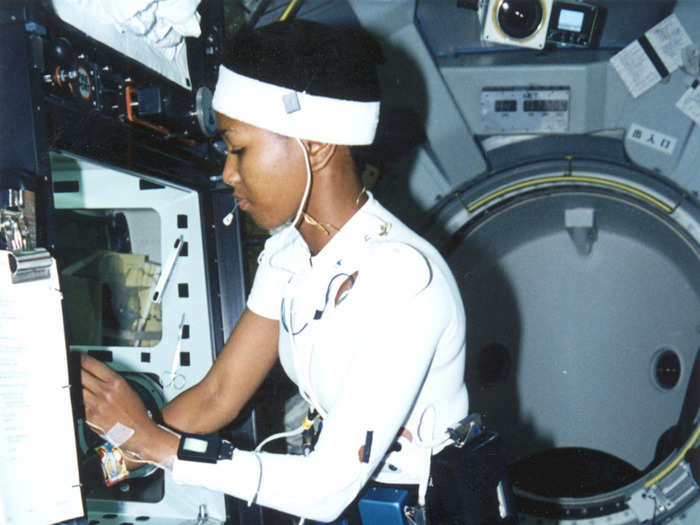
Astronaut Jerry Linenger said that when he was looking down at the Earth, he sometimes felt like a cosmic creator. "I am like god!" he said.
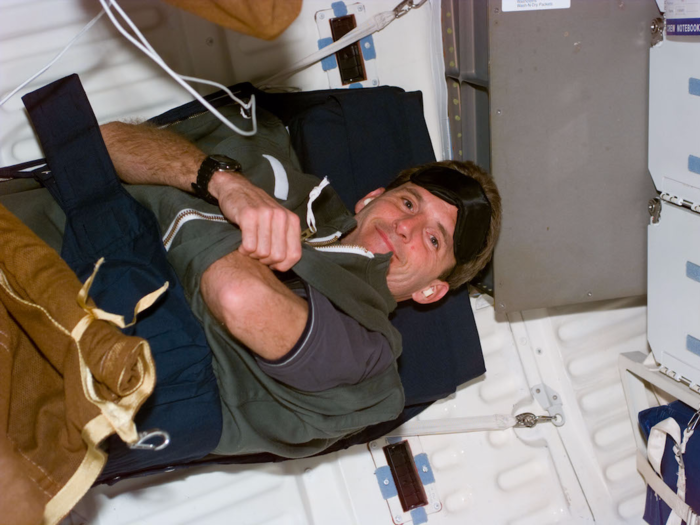
But being in space also made him aware of his impermanence in the universe. "I'm just a speck in time," Linenger said. "How life evolved is fascinating... it all came together, and here we are!"
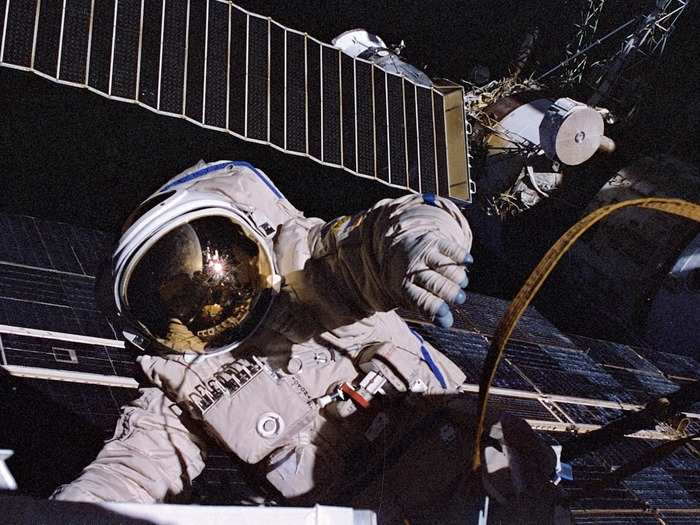
Astronaut Mike Massimino marveled at the supreme curvature of the Earth. He believes there's a good chance other life is out in space somewhere, but said, "I wouldn't be surprised if there's nothing quite as nice as this place."
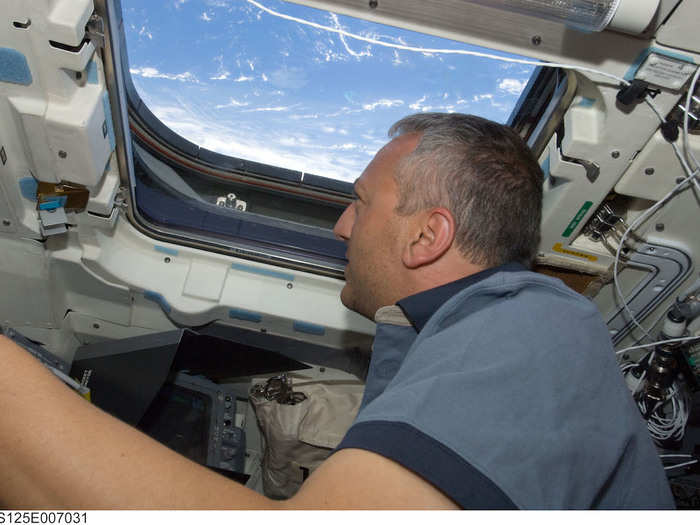
"I think we're pretty significant," Massimino said. "And maybe someone else has a planet somewhere else, but I really think we're gonna win the home tour."
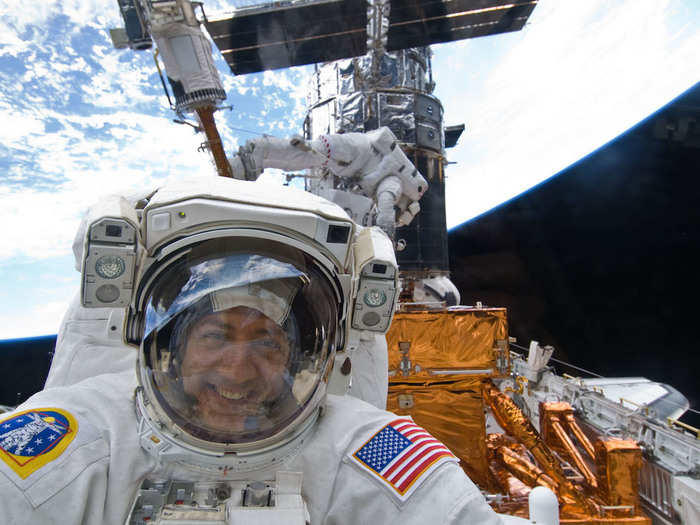
Twitter-famous Canadian astronaut Chris Hadfield said that after circling the world on the ISS about 2,650 times, he started to consider his home in a more expansive way.
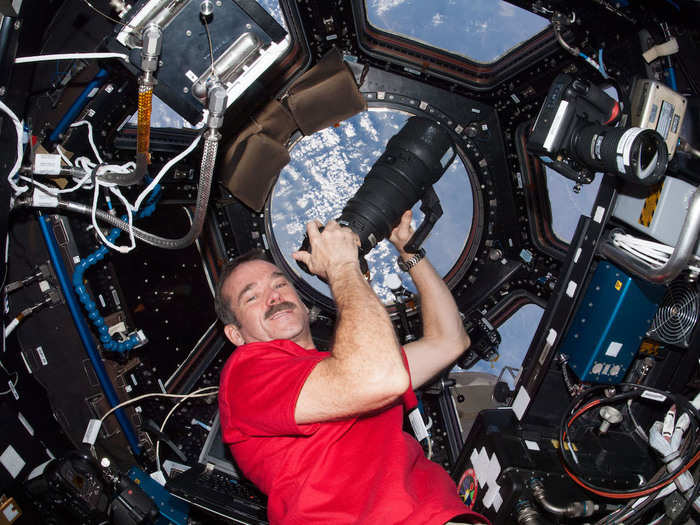
At first, Hadfield said he fixated on the familiar parts of the world. "Your body just picks out the stuff it recognizes," he said.
But that habit changed after a few months of circling the Earth roughly 16 times per day. "What in all of my previous life had been a foreign 'them' part of the world was now just inevitably us," he said. "The difference between 'us' and 'them' went away."
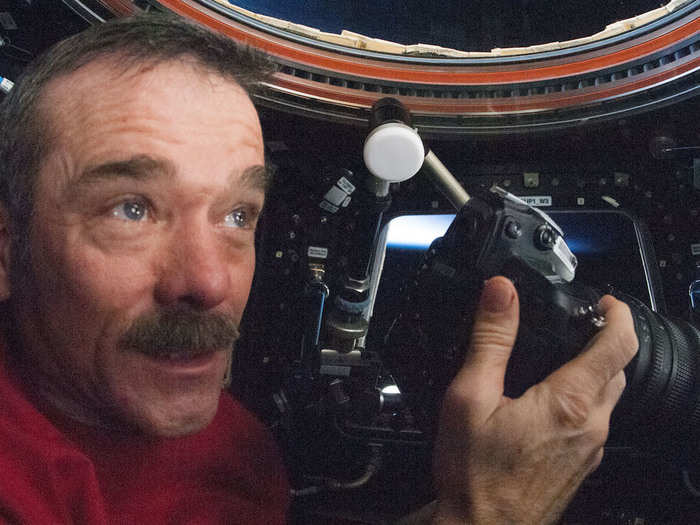
Jeff Hoffman went to space five times between April 1985 and March 1996. During that time, he saw the Amazon rainforest get slashed down from space. "That really got my attention," he said.
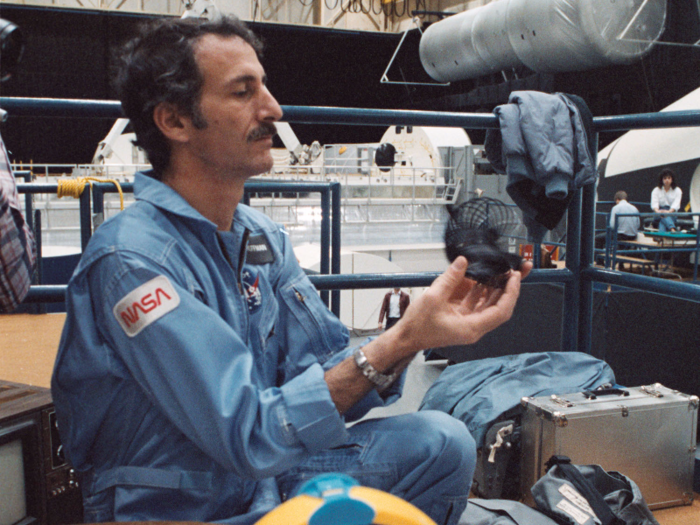
"I'll hear some of my astronaut colleagues talk about how from space you can't see boundaries. But it's not true — you do see them," Hoffman said. "You see... different agricultural practices and human behavior on different sides of borders."
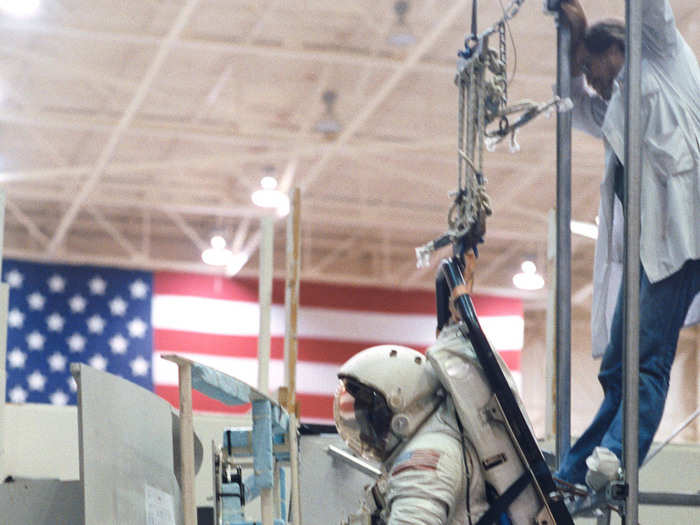
Astronaut Nicole Stott said that at first, looking out the window from the ISS was completely overwhelming: "You're just like holy shite, what am I seeing out here?"
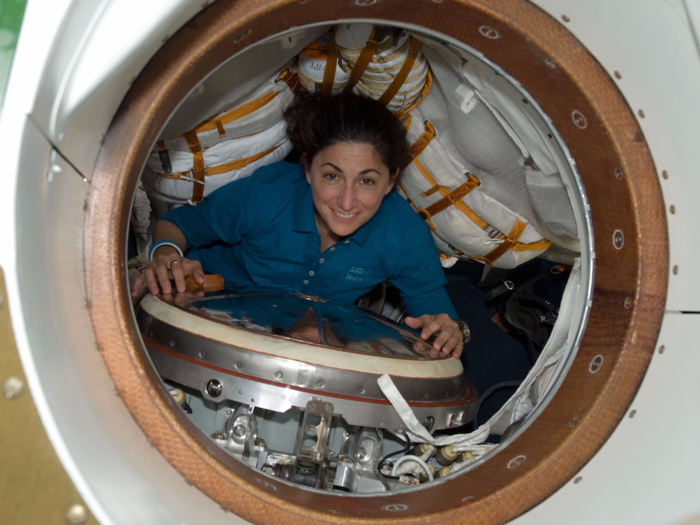
"My first view out the window, I didn't even know where it was that I was looking," she said.
Stott said that once, when she was outside the space station, hanging on to it with just one hand, she understood why her mom was freaked out about her trip to space.
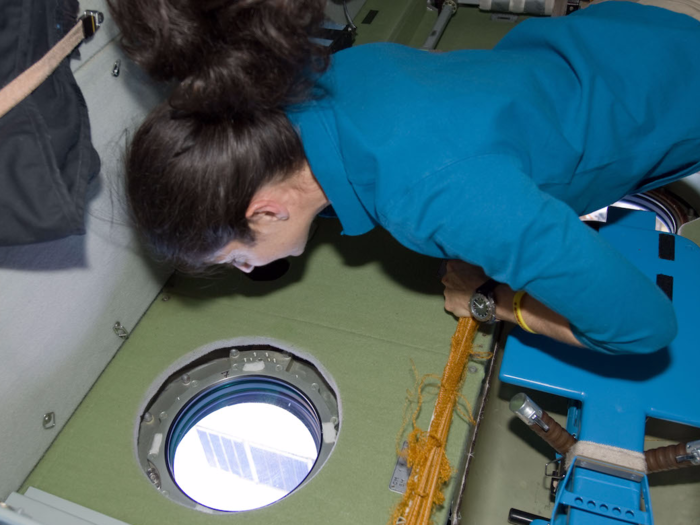
"I'm waving, you know, saying hi, and you see this little bit of the station, but all the rest of it is just black," Stott said. Just one hand and a tether cord were strapping her to humanity, 250 miles away from Earth's surface.
But perhaps no one understands what it's like to be in space quite like Peggy Whitson, the woman who's spent 665 days there, more time than any other American.

Whitson has been up there so often, she's started to see the Earth like another big space ship — a really impressive one.
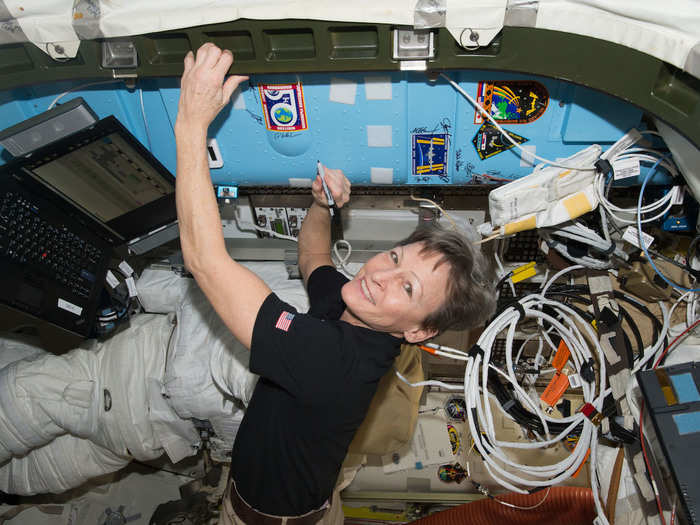
"We're up there trying to re-create everything that's happening here on Earth, and that is really hard," she said.
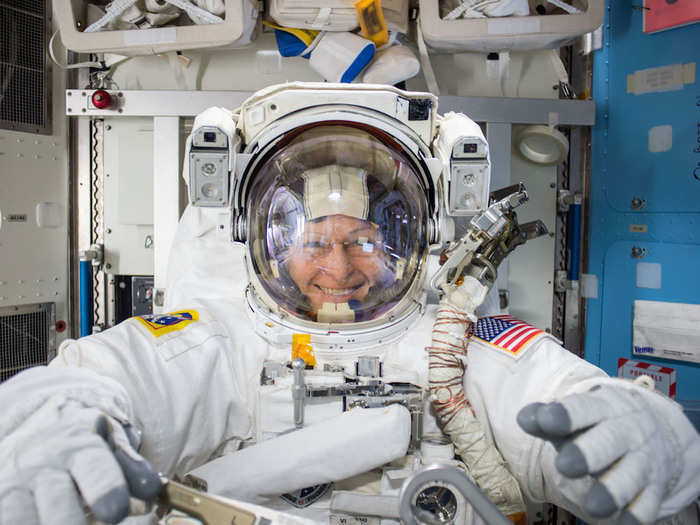
Whitson said that on our planet, we have the capability to be a 100% independent, robust recycling system. The space station, by comparison, operates at just about 85% recycling capability by doing things like turning pee into water for coffee.
"If we're gonna explore in deep space, we're going to have to take our atmosphere with us, our climate with us, we have to take all those things,” Whitson said.
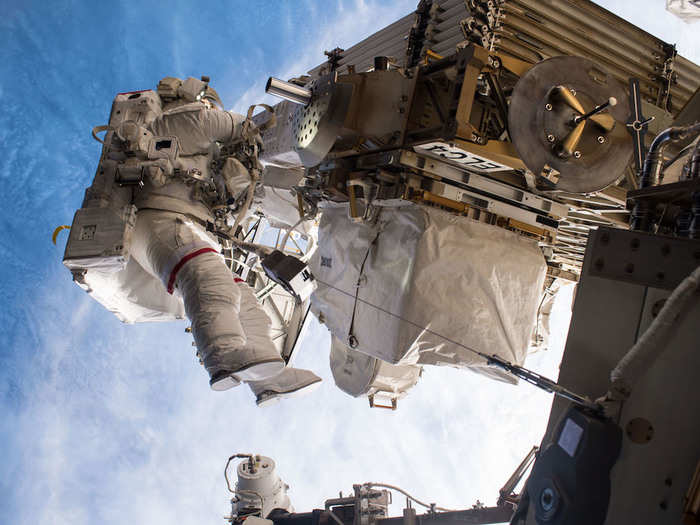
Humans are completely supported by this planet, she said — a simple truth she appreciates more after her time in space.
"This is a very complex, intertwined system that we have here on spaceship Earth,” she said.
You can watch the full One Strange Rock series, which is narrated by Will Smith and includes appearances by all of these astronauts, starting March 26 on the National Geographic channel.
Popular Right Now
Popular Keywords
Advertisement